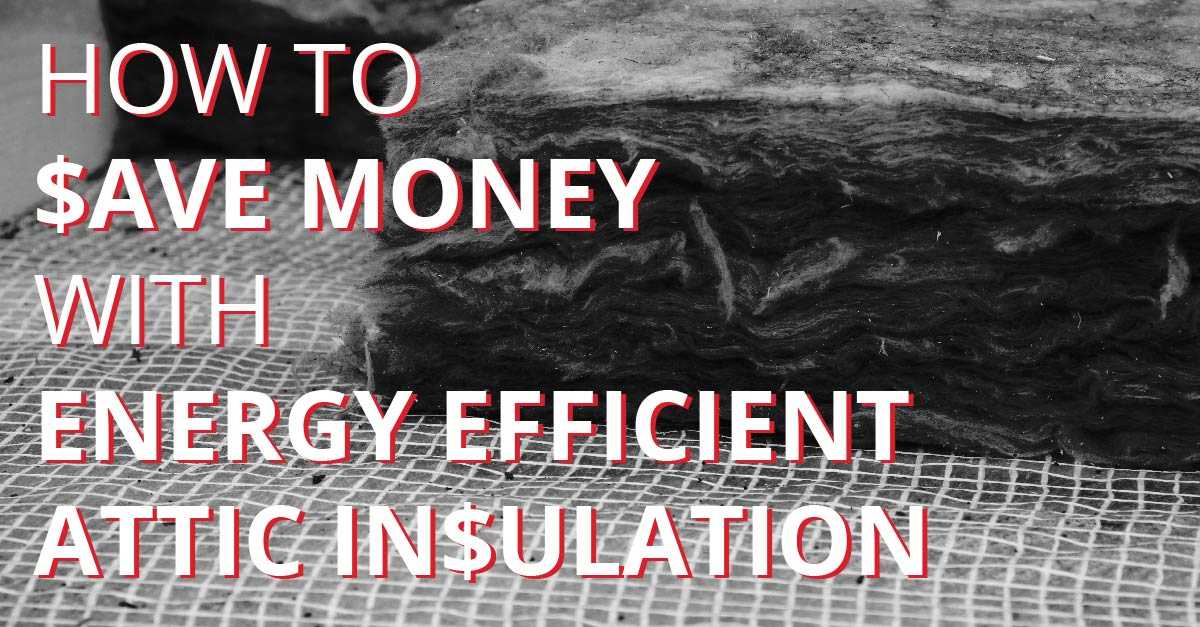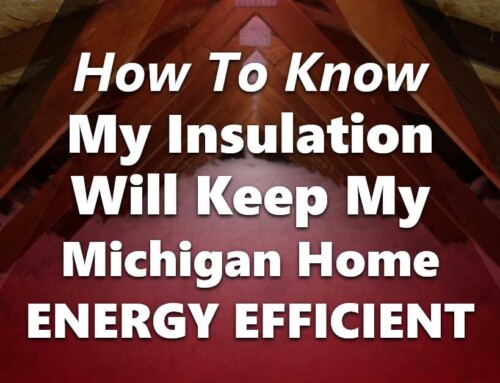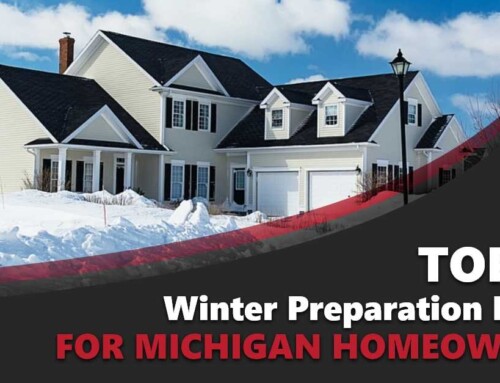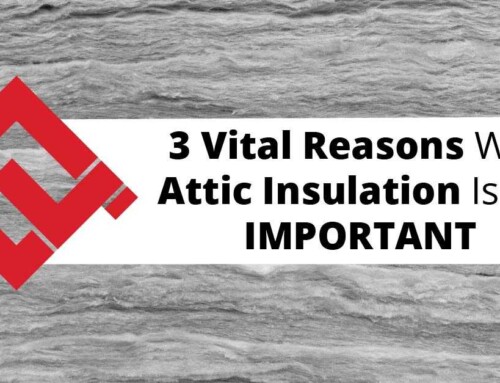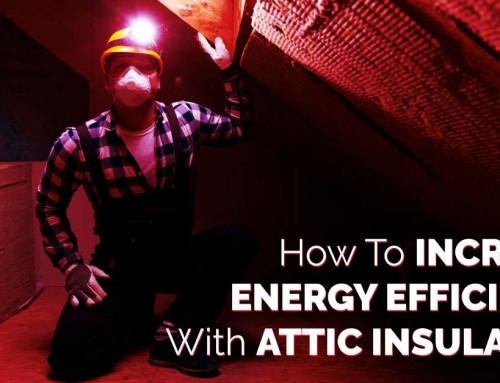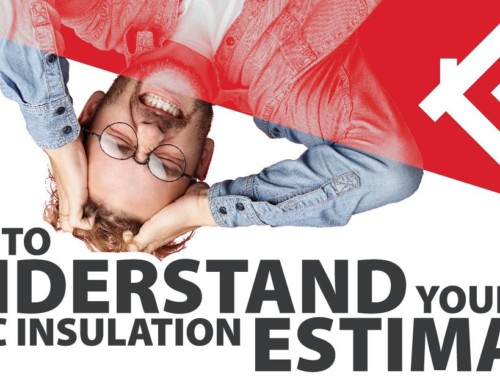Insulating and air-sealing your home is one of the most effective ways to lower your energy bills, reduce your carbon footprint, and increase your family’s indoor comfort. It also happens to be one of the highest returns on your investment, as described by Remodeling’s Cost Versus Value.
How Can Adding Attic Insulation Save You Money?
As much as 25 percent of your home’s energy loss is through your attic, says the Green Home Gnome. Adding attic insulation can help you lower your energy consumption, whether heating or cooling your living space.
According to the U.S. Energy Information Administration, the chief use of electricity in the average American home in 2019, 16 percent, was for cooling. Another 15 percent is used for heating your living space.
The same source shows that Michiganders paid an average of $103.59 a month for electricity in 2018, or $1,243.08 a year. If you could gain back $310.77 of that every year, why wouldn’t you?
A one-time investment in additional attic insulation can help drop that attic energy loss to near zero. This is year-round savings since you run a heat pump or central air conditioner in summer and a furnace, electric heaters, or hydronic baseboard heaters in winter.
Fluffy, sound-absorbing blown-in fiberglass insulation gets into all the nooks and crannies of a typical Michigan home’s attic. Unlike rolled out, paper-backed fiberglass batts, blown-in insulation can reach around every obstacle and fill every void.
The return on your investment (ROI) is remarkable. Spending a little this season will trigger payoffs immediately. Remodeling’s Cost Versus Value calculated the ROI for attic insulation:
- For 2016, ROI was 116.9 percent, with the average cost to insulate $1,268 and a resale value of $1,482
- For 2017, with the average cost coming in at $1,343 and a resale value of $1,446, ROI was 107.7 percent
For both survey years, attic insulation was the best-performing remodeling project! (Remodeling rotates surveys of popular projects, so these are the most recent survey years for this topic.)
How Does It Affect Your Energy Efficiency?
Attic insulation boosts your Michigan home’s energy efficiency by blocking heat loss. This works in two directions:
- In summer, fluffy, abundant, moisture-resistant, blown-in fiberglass attic insulation prevents the hot air in your attic from reaching down into your cooled living space
- In winter, the same heat-trapping insulation inhibits energy loss upward, through convection, of the toasty, comfortable air inside your home
Your attic’s air ideally should be the same temperature as the outside air. Only when moving from the attic into your living space should the air temperature change. No insulation is perfect, but the millions of tiny air pockets trapped in blown-in insulation slow energy transfer way, way down. The more insulation you have (to a point), the better your insulation works for you.
The better your insulation (walls, floor, and attic), the less your heating, ventilating, and air conditioning (HVAC) equipment has to work, so:
- Your interior living space stays at a comfortable, properly humidified temperature
- In winter, your furnace or boiler cycles less often, reducing wear and tear on the equipment
- In summer, your central air conditioner or heat pump goes on and off less often, as well
- Repair costs drop
- HVAC equipment life spans increase
- Your energy efficiency climbs
Attic insulation and air sealing (caulking, weatherstripping, preventing drafts) combine to boost your home’s overall efficiency. With every dollar you invest in improving energy efficiency, you use less energy. As the state of Michigan says, “The cheapest energy is the energy you don’t use.”
Carbon Footprint
Lowering your energy consumption pays off for you, but it also pays off for everyone else. You reduce your carbon footprint, lower American dependence on foreign energy sources, and give your kids the gifts of cleaner air and water.
Attic insulation and air sealing is a key part of an overall energy savings plan. The Michigan Department of Environment, Great Lakes, and Energy (EGLE) says every dollar invested in energy efficiency programs brings $4 in energy savings to you, the consumer.
Your savings from blown-in attic insulation continue, year after year. Savings pile up. HVAC equipment lasts longer. Humidity and sound levels inside your home improve because fiberglass insulation is also moisture resistant and sound-absorbing.
Attic insulation properly installed by trained technicians can:
- Save you money
- Help the environment
- Increase family comfort
- Extend the life of your roof
- Improve your home’s energy efficiency
By every measure, you come out ahead when you take the small step of enlisting a reliable, local insulation contractor.
Victors Roofing is ideally positioned to help with energy efficiency. We know roofs, and that includes the underside of sheathing and the roof deck, two key parts of your attic. Contact us today to see how blown-in fiberglass attic insulation can improve your life and save you money!


